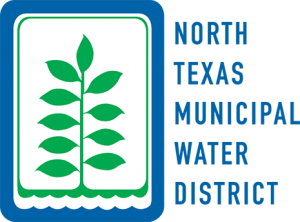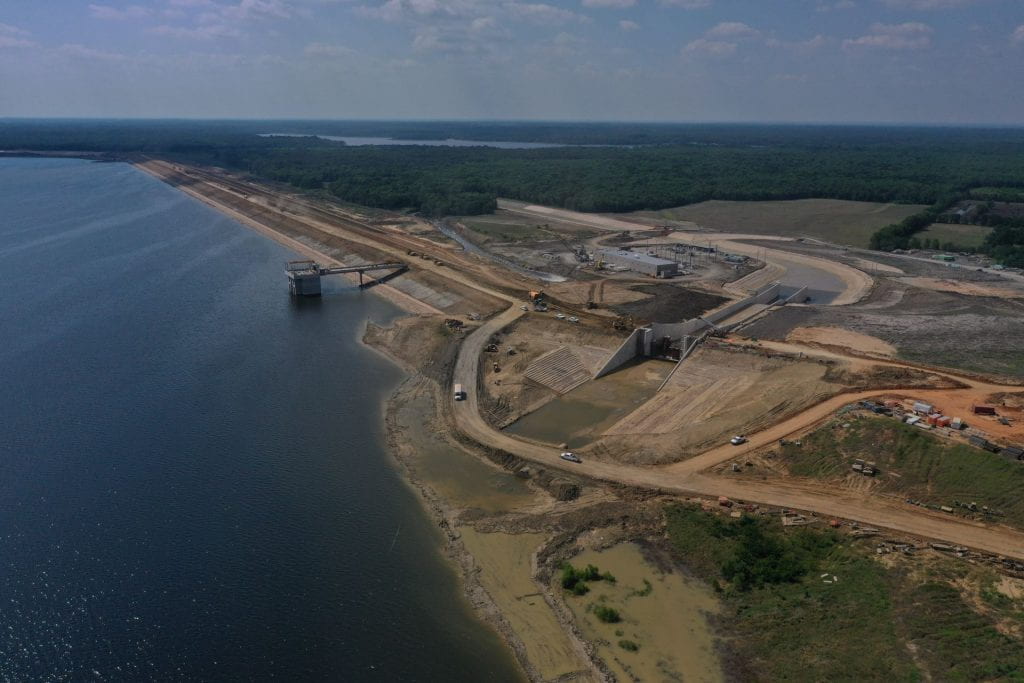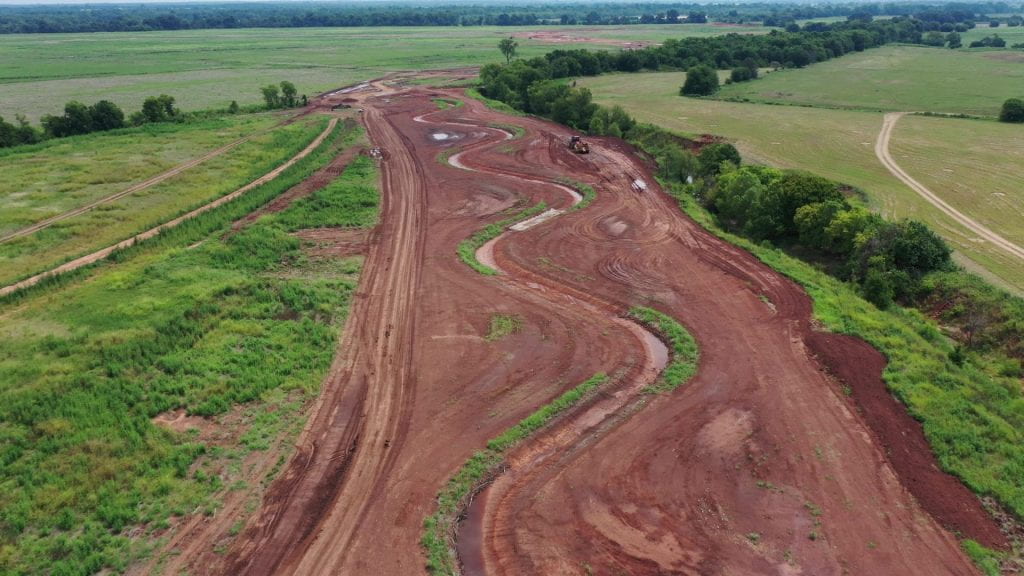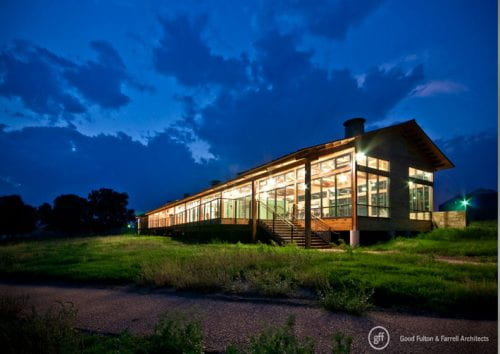Executive Director and General Manager of the North Texas Municipal Water District
In this issue’s Q&A, Texas+Water Editor-in-Chief, Dr. Todd Votteler, interviews Jenna Covington, P.E., Executive Director and General Manager of the North Texas Municipal Water District (NTMWD).
She oversees all aspects of the regional wholesale provider for water, wastewater, and solid waste services for nearly two million residents in one of the fastest growing areas in the country. Wholesale services are provided for up to 80 communities across 2,200 square miles in 10 North Texas counties with an annual budget in excess of $570 million.
Covington is a professional engineer and holds a bachelor’s and master’s degrees in environmental engineering from Texas Tech University. She is recipient of the Water Environment Federation Arthur Sidney Bedell Award, the Water Environment Association of Texas Emerging Leader Award, and is a past president the Water Environmental Association of Texas. Jenna is also a wife and mother to three. Her husband, Paul, is a software developer. Their three children, 14, 11, and 9 years old, attend school in Allen and are active in their church and club soccer.
What is NTMWD and whom does it serve?
 The NTMWD is a regional partnership that provides wholesale water, wastewater, and solid waste services for nearly two million North Texans. Created as a special district of the state in the early 1950s, NTMWD began with a regional vision to meet our communities’ needs today and tomorrow. When we first began serving our original 10 member cities with safe, reliable drinking water in 1956, our service area included a population of about 32,000. Due to the continued growth in our region, we’ve grown to 13 member cities and now provide treated drinking water to over 1.8 million customers in approximately 80 communities across 10 North Texas counties. NTMWD owns and operates six water treatment plants, 610+ miles of water transmission pipelines, 18 major raw and treated water pump stations, and five major water supply sources to meet the existing water needs of our service area. In addition to being a wholesale treated water provider, NTMWD provides wholesale wastewater treatment services to 24 communities and 1.3 million residents and solid waste disposal services for five cities and Collin County.
The NTMWD is a regional partnership that provides wholesale water, wastewater, and solid waste services for nearly two million North Texans. Created as a special district of the state in the early 1950s, NTMWD began with a regional vision to meet our communities’ needs today and tomorrow. When we first began serving our original 10 member cities with safe, reliable drinking water in 1956, our service area included a population of about 32,000. Due to the continued growth in our region, we’ve grown to 13 member cities and now provide treated drinking water to over 1.8 million customers in approximately 80 communities across 10 North Texas counties. NTMWD owns and operates six water treatment plants, 610+ miles of water transmission pipelines, 18 major raw and treated water pump stations, and five major water supply sources to meet the existing water needs of our service area. In addition to being a wholesale treated water provider, NTMWD provides wholesale wastewater treatment services to 24 communities and 1.3 million residents and solid waste disposal services for five cities and Collin County.
What are you looking forward to most in this new position?
I continue to be honored and excited to serve in this new capacity as Executive Director and General Manager for NTMWD. A key goal is to continue living out our original vision statement: Regional Service Through Unity. Reliable access to clean, safe water and sanitation are services no community should live without. I want to lead our dedicated team of professionals to build on the successes we’ve had over our nearly 70-year history to provide these critical services that protect and enhance public health.
We have a thriving economy and high quality of living in our 2,200 square mile service area, which means new residents decide this is a great place to live. Based on projections, the population in the North Texas service is expected to double by 2050. With that growth also comes business and commercial development. This is why NTMWD focuses on planning for future growth with new water sources, infrastructure, and increased water conservation as well as ensuring the reliability of existing supplies and infrastructure.
What previous experience has been the most beneficial to you in your new role as General Manager?
I have dedicated my education and career to the water industry and am passionate about the work we do to provide life-sustaining services to our communities. Early in my career, I worked for a global engineering consultant firm with several major water districts throughout North Texas as my clients. Getting the opportunity to expand my ability to influence the great work being done at NTMWD fueled my decision to join NTMWD six years ago to serve as Assistant Deputy of Wastewater. My experience as an engineering consultant provided wonderful exposure to the complex challenges across the water utility industry and my experience leading our wastewater operations provided an excellent introduction to managing a water utility. I am thankful for all the experiences and exposure to great colleagues, which have provided growth and development to prepare me for today.
NTMWD is nearing completion of Bois d’Arc Lake, the first major reservoir to be created in Texas in nearly 30 years. What was the biggest challenge for NTMWD during the construction phase of Bois D’Arc Lake?
As with any project on this scale, various challenges arise and our crews continue to work together to stay on-schedule and within budget. Periods of heavy rainfall over the previous two years have been welcome in North Texas to prevent drought, but it has also resulted in some construction delays. We began impounding water in April 2021 and continue final work on the dam, boat ramps, other lake facilities, pipelines, and a treatment plant in Leonard, Texas. We still anticipate Bois d’Arc Lake will begin providing raw water for treatment and delivery to the NTMWD system in spring/summer 2022.

To offset the environmental impact of the construction of Bois D’Arc Lake, NTMWD hired Resource Environmental Solutions (RES) to restore wetlands, riverine habitat, and grassland at the Riverby Ranch Mitigation Site. Can you describe the scope of that effort?
RES, a national expert in environmental restoration, was hired to return the mitigation acres to their natural, pre-agricultural condition and to maintain, measure, and monitor its success until NTMWD’s permit requirements are met. This process could take up to 20 years, and we remain dedicated to this vital environmental mitigation. To accomplish their work, RES hired a number of local residents to work on the project, and the project team has worked closely with officials in Fannin County.
Much of the mitigation work is focused on Riverby Ranch, a 15,000-acre former ranch located about seven miles upstream, or northeast, of Bois d’Arc Lake. In addition to planting of over five million trees at Riverby Ranch, RES has created thousands of acres of grassland and wetlands. All stream restoration associated with Bois d’Arc Lake is taking place on this site.

What does the completion of Bois D’Arc Lake mean to your member organizations?
Adding Bois d’Arc Lake as a key raw water supply will help meet the growth needs for NTMWD member cities and customers through 2040. We’ve been able to save our member cities and customers millions in financing costs through the low-interest funding approved through the Texas Water Development Board.
What do you consider to be the biggest challenge facing Texas over the next 20 years regarding water?
Future planning for water supplies affects our entire state. Water utilities must use a multi-prong approach to meet the growing population needs.

NTMWD also focuses on robust and vital water conservation outreach and education programs, such as WaterMyYard.org, where residents get watering alerts, and Water4Otter.org, which is designed for school-age children. In addition to local initiatives and programs, we have partnered with two other large water utilities in the Dallas/Fort Worth metroplex to share the regional conservation message through WaterIsAwesome.com.
We continue to work on our long-range water supply planning to help identify and evaluate potential new sources for the NTMWD through 2080. As with our beginnings in the early 1950s, we understand we can accomplish more together than we can individually. We have built strong collaborative relationships among NTMWD, other water providers in the region, and the state of Texas on planning for additional water sources, including future lakes, water reuse projects, and water conservation.

